How many bedrooms does a 5-room HDB flat have?
Out of 189 youths who participated in a poll by The UrbanWire, 59 per cent of them think that the apartment has four bedrooms.
This may just be one of the many confusions some young Singaporeans have about housing in Singapore.
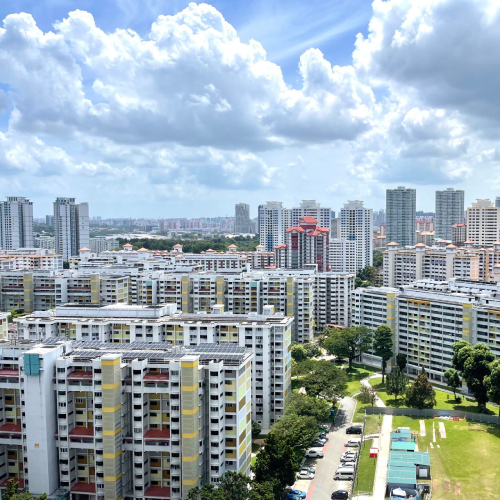
Photo Credit: Chew Jia Wei
The UrbanWire clarifies four of them below.
- HDB flats and condominiums have different naming conventions
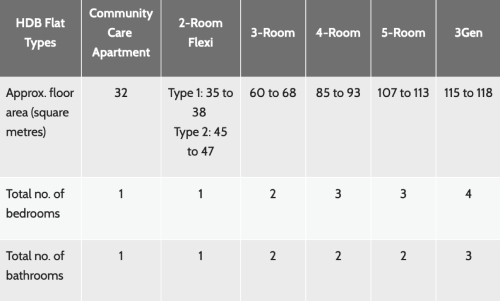
different family sizes and budgets.
Photo Credit: HDB
Condominiums are named according to the number of bedrooms in the apartment, so a 4-bedroom condominium has four bedrooms.
But for HDB flats, a 4-room flat has three bedrooms. A 5-room flat also has three bedrooms. Even the bigger executive flats also have just three bedrooms. Only three-generation (3Gen) flats have four bedrooms.
The main difference between a 4-room and a 5-room flat is that the latter is 20 to 22 sqm larger in floor area. This space is usually allocated for a study area.
- Executive condominiums (ECs) are not private housing for its first ten years
ECs are condominiums that have the status of a HDB flat for its first 10 years. Owners of a new EC are not allowed to sell their unit for the first five years – this restriction is otherwise known as the Minimum Occupation Period (MOP).
The MOP, implemented by HDB in 1971, prevents owners from selling their new unit for an immediate profit. Once the MOP ends, EC owners can sell their five-year-old EC in the resale market to Singaporeans and PRs.
If they decide to hold it for another five years, their EC will then be “upgraded” to the status of a private condominium, and they will be able to sell the unit to both locals and foreigners.
- HDB terrace houses are not private landed property
Another type of housing that blurs the line between public and private housing is HDB terrace houses.

Nestled within Whampoa and Queenstown are these 99-year leasehold landed properties sold by HDB. These terrace houses were first built during the British colonial rule by the Singapore Improvement Trust (SIT), the “HDB” of the 1950s.
After Singapore gained independence, the newly-formed HDB renewed the 99-year lease for HDB terrace owners. The lease of landed HDBs along Stirling Road in Queenstown started in 1968, while those in Whampoa started in 1972.
Although HDB terraces are still available in the resale market, the housing board has “discontinued” them – no new HDB terraces will be built.
- Not all private landed properties are called “bungalows”
Landed properties are mainly categorised into three types: terrace, semi-detached and detached houses.
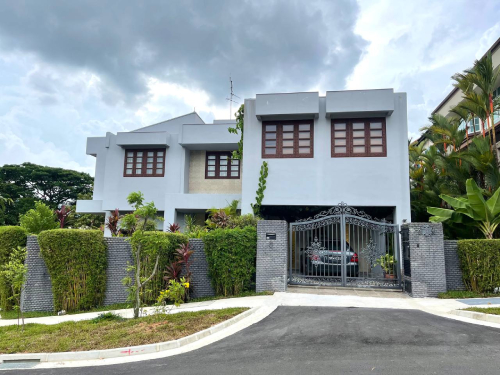
Photo Credit: Chew Jia Wei
A bungalow is defined as a detached house which has a minimum plot size of 400 square metres. It is essentially a standalone house that is the size of four to five HDB terrace houses.
Terrace houses are built wall-to-wall with no distance between each other, meaning there is no provision for a side yard – owners can’t walk along the exterior of their house.
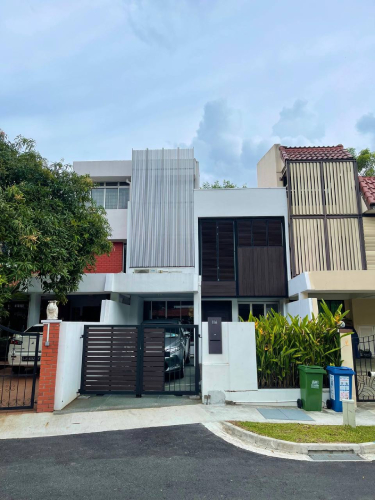
Photo Credit: Chew Jia Wei
The only exception is corner terrace houses. These semi-detached lookalikes are built at the end of a row of terrace houses, allowing for extra space on the unconnected side.
As the name suggests, a semi-detached house is a detached house split into two. The two separate houses only share one common wall.
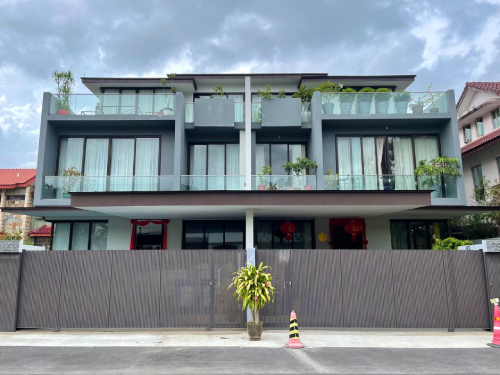
Photo Credit: Chew Jia Wei
Lastly, there is one exclusive type of landed property, the Good Class Bungalow (GCB).
According to Seedly, there are roughly 2,800 of such houses, and they cost at least $15 million each.
GCBs are only built in 39 dedicated areas, with each occupying a minimum of 1,400 sqm. The sprawling land size makes them highly exclusive in land-scarce Singapore. Some notable owners of GCBs include Anthony Tan and Ian Ang, CEOs of Grab and Secretlab respectively.
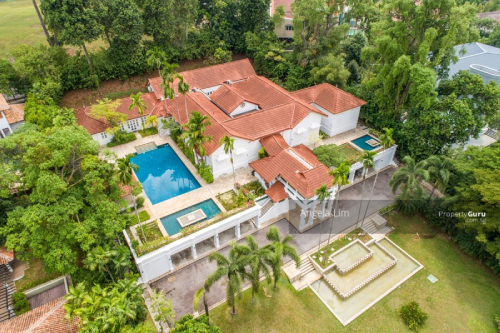
It is a three-minute drive from Orchard Road, and costs $88 million.
Photo Credit: PropertyGuru
As we transition into adulthood, housing is a topic that we might want to understand better. We hope that this article has helped to clear some of your confusions!
Proofread By: Ruth Loo Hui En and Tay Yi Ling Stacey
